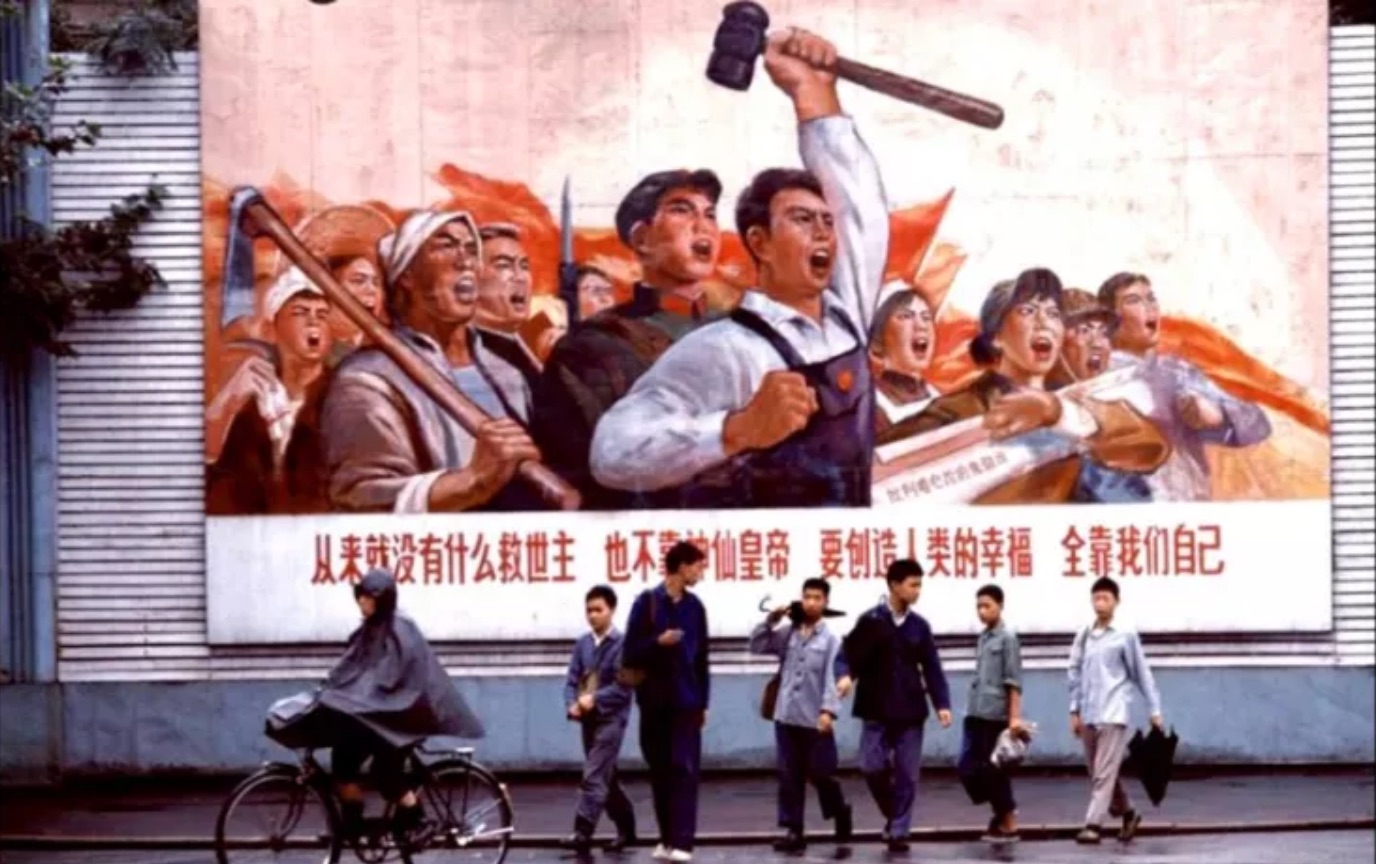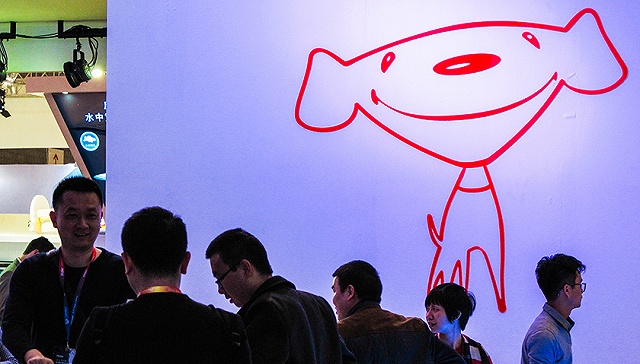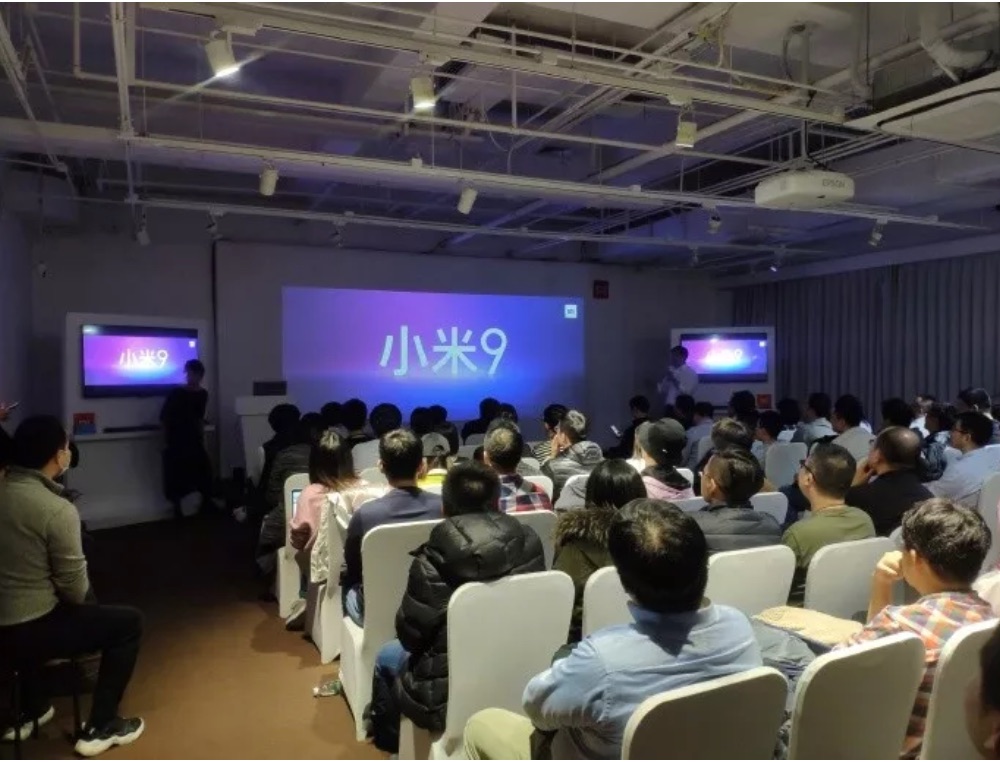China Business Corner: The difficulty of ascending the socioeconomic ladder

China Business Corner is a weekly window into Chinese-language coverage of business, technology, and the broader economy, brought to you by co-writers Huang Sizhuo and Jordan Schneider (who hosts the ChinaEconTalk podcast). After a brief vacation due to Chinese New Year, they’re back! Sign up here to get this column in your inbox every Thursday.

Like a Flowing River’s 40 years: Seven opportunities to change one’s fate
大江大河40年:改变命运的七次机遇
By Zhang Jiajia 张假假 and the anonymous “Boss Dai” — 戴老板 Dài lǎobǎn
February 21, 2019
In late 2018, the drama Like a Flowing River caught fire in China. It tells a story of how one family climbs its way up the socioeconomic ladder in the country’s “reform and opening” era.
Having made it through 11 episodes so far, I’m fully hooked. For me, the greatest strength of the show is how it portrays the Party’s complex role in China’s economic history. On one hand, the show acknowledges some mistakes made by the Party, which led to years of economic turmoil. On the other hand, a fair share of the show is devoted to some forward-looking CCP officials, who are bold enough to enact impactful reforms to the Chinese economy.
Inspired by Like a Flowing River, this article gives an in-depth analysis of seven opportunities for Chinese people to achieve upward mobility in the past 40 years.
First was the 1977 return of the gaokao (高考 gāokǎo), the nationwide college entrance examination. In 1966, at the beginning of the Cultural Revolution, Mao Zedong ordered the exam cancelled, saying that the education system was dominated by the elite class. In the following 10 years, many of China’s most talented youths were sent to the countryside, spending their late teens and 20s in farms instead of labs and libraries. When the gaokao made a comeback in 1977, 5.7 million candidates took the exam and many of them seized the opportunity to change their fates through education. Second was the rise of township enterprises in the 1980s, which allowed rural farmers to reap the benefits of industrialization and start their own business.
The rest include the boom of the market economy in the 1990s, the property frenzy at the outset of the 21th century, and China’s mass entrepreneurship craze in recent years.
In sum, the author concludes that despite abundant stories of Chinese people being able to transcend the economic circumstances of their birth, and although lives of Chinese people in general have undergone tremendous changes over the past four decades, the vast majority of them failed to make it from one rung on the economic ladder to another, relatively speaking.

JD downsizing: 10 percent of VPs to be fired

京东变革进入深水区,近百VP淘汰10%
By Zhou Yixue 周伊雪, published in Jiemian News 界面新闻
February 19, 2019
While news of Didi laying off 15% of its staff is still getting around, JD.com, a Chinese ecommerce giant, is reportedly to have 10% of its vice presidents laid off this year, as revealed at an internal meeting last week. JD has 30,000 employers and about 100 vice presidents. “The key task for China’s e-commerce giant JD.com is to restructure its tech lines and human resources,” notes this article.
“In 2019, JD’s three key words are organization, talent, and value,” CEO Richard Liu 刘强东 said in an open letter to the company at the end of 2018. Over the past year, JD and Liu have battled a series of scandals and troubles. The company believes mid-level employees have been ill-equipped to handle uncertainty, so it’s handing over more responsibility to its younger employees.
JD has devoted copious resources into new technologies. “JD used to have high efficiency. It could do everything very fast,” one former worker said. “But its main business has started to become sluggish, which is slowing down its input into new areas.”

Mi 9: The new Xiaomi flagship won’t be cheap

小米9涨价背后 到底有哪些无奈?
By 木木 Mumu, published in 业界风云汇
Febuary 19, 2019
Xiaomi is a Chinese electronics producer of smartphones, tablets, televisions, etc. But what makes Xiaomi a great success in the Chinese market is its very affordable smartphones. But before the release of its flagship phone Mi 9, Xiaomi CEO Lei Jun wrote a message on his Weibo telling people Mi 9 would not be as cheap as Mi 8.
“Xiaomi used to win the market share by its products’ high quality and low price,” this article says. “But today, Xiaomi wants to get rid of this tradition, from Mi 9.”
Xiaomi’s smartphones include Redmi, Mi, and the MIX series, in order of cheapest to most expensive. The Mi series is the flagship product, but the Redmi series contributed to 64.5% of Xiaomi’s 2017 revenue. Starting in the first week of 2019, Redmi became an independent sub-brand of Xiaomi, with ambitions to defeat Huawei’s Honor.
The Mi 9 reportedly will be largely improved through the inclusion of Snapdragon 855, a dual-lens camera, and dual-frequency GPS, among other things.
The data analysis agency IDG shows Huawei is the largest smartphone player in the Chinese market, while Xiaomi is No. 5, only making up one third of Huawei’s market share. By contrast, the Telecom notes Xiaomi took an incredible 31% of the Indian market during the first quarter of 2018.






